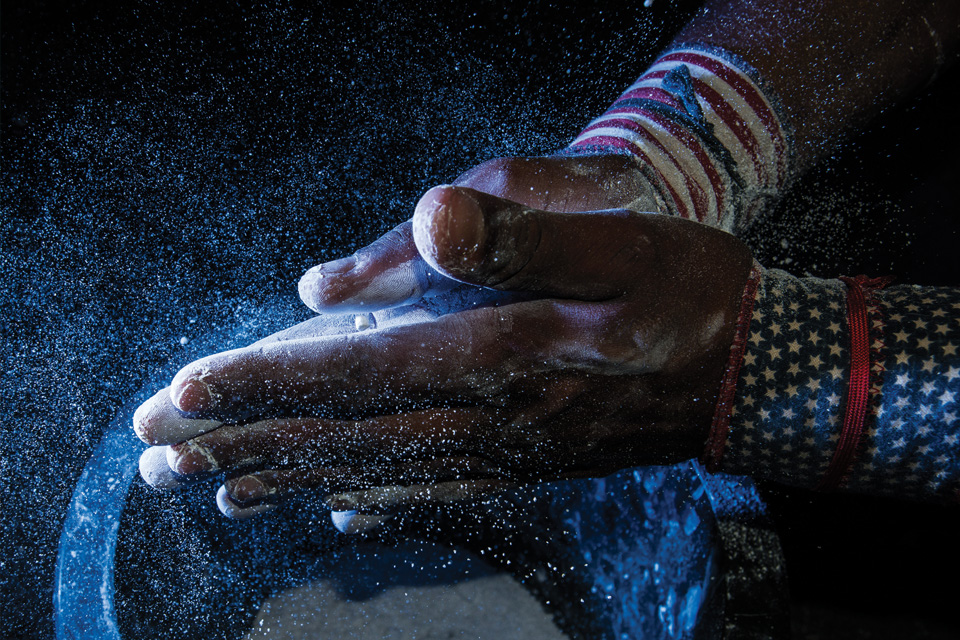Blister Busters

Friction blisters are soft pockets of raised skin that become filled with fluid. They are caused by the combination of moisture and the continuous rubbing of the skin, resulting in separation of skin layers within the epidermis (the outer layer of the skin). The resulting gap becomes filled with fluid, which is typically clear, although if there is damage to blood vessels in the area, the blood may be present (typically referred to as a blood blister).
While it is possible for friction blisters to form anywhere on the body, they typically occur on the feet, where friction from stiff or poorly fitting shoes combines with moisture generated through normal sweating to form the ideal environment for blister development.
Preventing Blisters
There are some simple ways to prevent friction blisters from forming on the feet:
Wear properly fitting shoes that do not slide up and down your heels while walking but are also not too tight.
You can put sticky shoe pads behind the heel of your shoe or at the ball of your foot to help prevent rubbing and movement of your feet.
Keep your feet dry by always wearing fresh dry socks. Wool and “dry fit” socks can help wick moisture away from the skin. Many women do not wear socks with certain shoes, but a small nylon or “footie” may help prevent blisters.
If you feel a blister developing, or know your shoe rubs on a certain area of your foot, you can put some Vaseline or Chap Stick on the area that may help prevent breakdown of the skin
Treating Your Blisters
Blisters do not require any special treatments as they usually resolve on their own within a few days. A new layer of skin begins to form beneath the blister, while fluid from within the blister naturally starts to drain. Eventually, the skin covering the blister becomes calloused and peels away.
During the healing process, it is advisable to keep the blister clean and dry. A sterile bandage also can be utilized to minimize additional irritation. Continued pressure or friction on the blister could limit the blister’s ability to heal or also could break the blister open. In the latter case, be sure to keep the area clean and dry to minimize the risk of infection.
Should You Pop Your Blister?
To pop or not to pop: it’s a question that is debated by many medical experts.
Most physicians advise against intentionally opening a blister in order to minimize the chances of infection. Many of these experts point to the fact that blistering is the skin’s natural solution to protecting itself from further injury or infection.
In contrast, other physicians are in favor of opening the blister if it is done properly (under sterile conditions). The consensus from this faction is that popping the blister may be necessary in order to relieve pain or enabling proper functioning of the hands and feet.
If you do decide to pop your blister, here is a safe and sterile way to do so:
Wash your hands and the area with the blister with soap and warm water.
Swab both the needle and the blister with rubbing alcohol to sterilize them.
Gently push the fluid within the blister to one side and prick the filled area two to three times with the sterile needle. Try your best to keep the skin covering the blister intact by refraining from dragging needle while puncturing. Allow the blister to drain on its own (do not squeeze the fluid out).
Keep the area clean and dry by covering with a bandage (or gauze pad).
Make sure to check your blister daily to look for signs of infection (swelling, redness, pus, or increasing pain). If you see any sign of infection see your physician.
Most importantly, if the blister pops naturally (or you do it), make sure that the skin is used to cover the blister base- do not cut off this skin, it should be used as a natural bandage and will make the blister heal more quickly and safely.






